The Arctic wolf (Canis lupus arctos) is a subspecies of the gray wolf (Canis lupus).
Arctic wolves mainly inhabit Northern Canada and Alaska, parts of Greenland and Iceland and Northern Europe.
The Arctic wolf’s habitat is the Arctic tundra where the wolf lives in peace due to the isolation of the area from humans.
The lifespan of the Arctic wolf is from 7 to 10 years in the wild and up to 20 years in the captivity.
Arctic wolves range from 1 to 1.8 meters (40 to 70 inches) in length including tail.
Their shoulder heights vary from 63 to 79 centimeters (25 to 31 inches)
They weigh from 45 to 70 kilogram (100 to 155 pounds).
The Arctic wolf is well adapted to living in cold environments.
To help reduce heat loss, they have more-rounded and shorter ears, a shorter muzzle and shorter legs than other gray wolf subspecies.
Arctic wolves have two thick layers of fur. The outer layer actually gets thicker as the winter months come along. They first layer helps to form a waterproof barrier for the skin. As a result their body temperature can stay warm enough even when it is bitter cold.
Arctic wolves have almost completely white fur all year which allows them to blend into their snowy surroundings.
They have fur on the paws to insulate them from snow and ice and also provide for a better grip on slippery surfaces.
They also learned how to survive on fat stored in the body instead of needing food as often as other species of wolves do.
Arctic wolves have keen senses of sight, hearing, and smell.
Arctic wolves live in packs of just a couple members to about twenty.
There is a highly complex social order within wolf packs and each pack has a dominant male and female.
Wolves use body language to convey the rules of the pack and rule number one says that the pack is made up of leaders and followers. The dominant male and female are in charge of the pack. To communicate dominance, they carry their tails high and stand tall. Less dominant wolves exhibit submissive behavior by holding their tails down and often lower their bodies while pawing at the higher-ranking wolves. The pack has a complex social hierarchy maintained through a variety of vocalizations, body postures, and scent marking.
Arctic wolves, like all wolves, hunt in packs.
Arctic wolves can travel at approximately 8 kilometers (5 miles per hour) for long periods of time while hunting or traveling within their territory. A wolf pack may spend 8-10 hours a day on the move and may cover 65 kilometers (40 miles) a day during winter hunts.
A low density of prey in the Arctic requires these wolves to have territories of well over 2,600 square kilometers (1,000 square miles).
The main prey of the arctic wolf is musk oxen, and arctic hare, but they will also eat caribou, ptarmigan, lemmings, seals,nesting birds and even Arctic foxes.
Arctic wolf has strong jaws filled with 42 sharp teeth designed to tear flesh and crush bones. They can eat more than 9 kilograms (20 pounds) of meat at a time.
As is the case with most species of wolves, only the alpha male and the beta female will be allowed to mate.
Due to the Arctics permafrost soil and the difficulty it poses for digging dens, Arctic Wolves often use rock outcroppings, caves or even shallow depressions as dens instead.
The gestation period for the pregnant female is from 53 to 61 days. The mother gives birth to 2 or 3 pups in late May to early June. After 3-6 weeks, the pups usually leave the den and begin to investigate their surroundings, staying close to the safety of the den. By fall the pups are large enough to travel and hunt with the pack.
Arctic wolves are generally safe from predators because they live in harsh conditions in which few other mammals can survive, but sometimes polar bears prey on them. Other arctic wolves occasionally pose a threat when rival packs kill during a fight for food, territory or mating rights.
Living in the Arctic Circle, the Arctic wolf spends five out of twelve months in total darkness.
One of the only behavioral differences between arctic wolves and other grey wolves is a lack of fear towards humans.
The Arctic wolf was first described as a distinct subspecies by British zoologist R. I. Pocock in 1935, after having examined a single skull from Melville Island.
Thanks to its isolation, the arctic wolf is not threatened by hunting and habitat destruction like its southern relatives. In fact, the arctic wolf is the only sub-species of wolf that is not threatened.
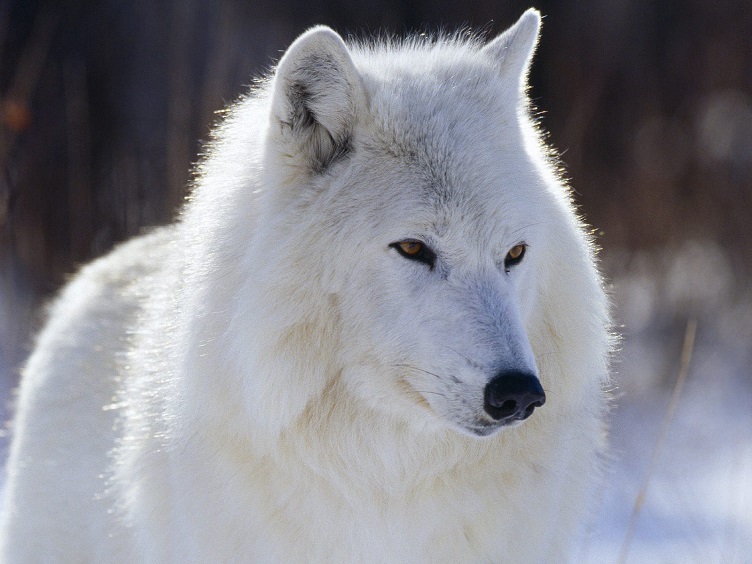
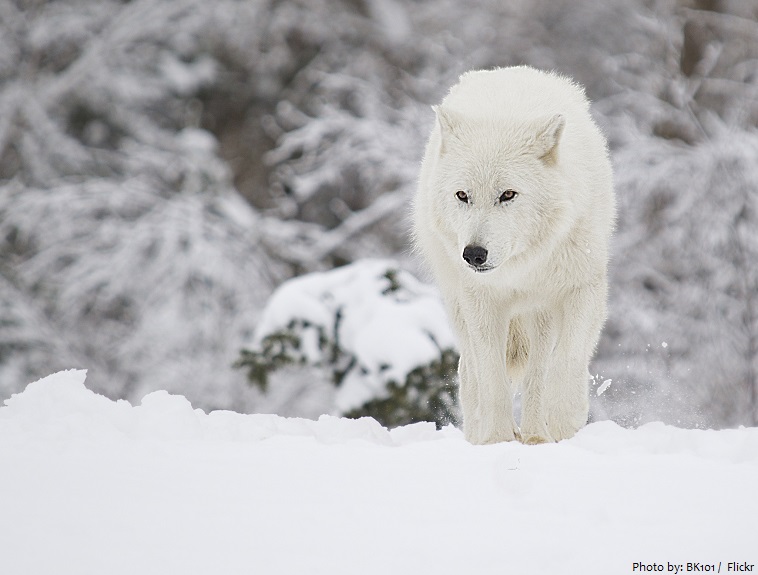
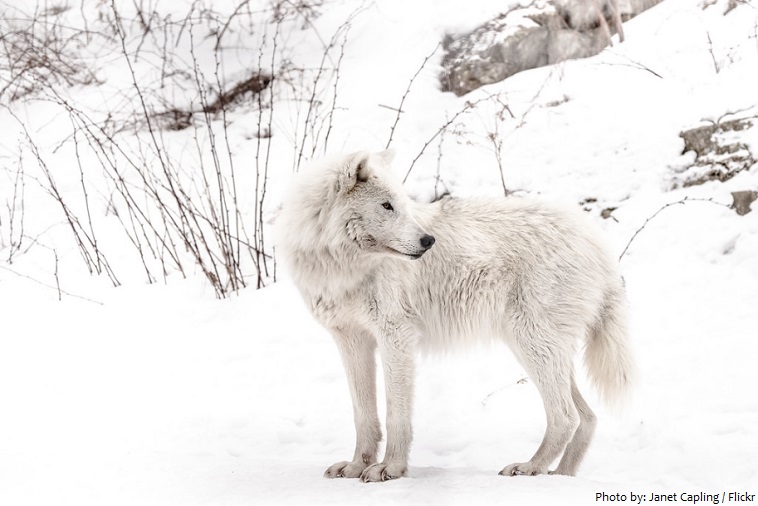
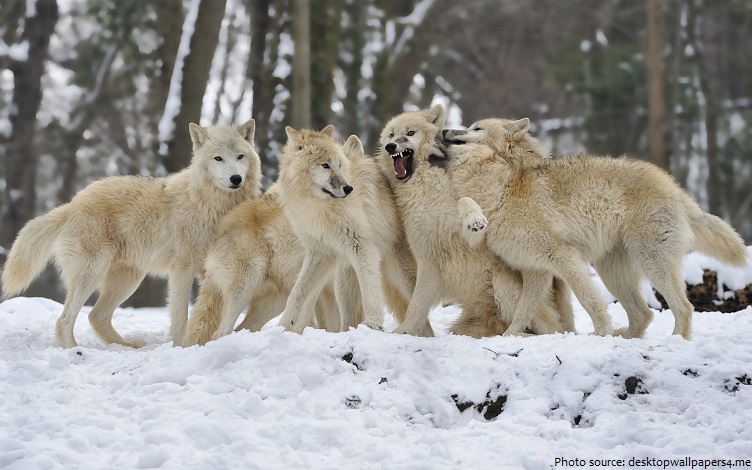
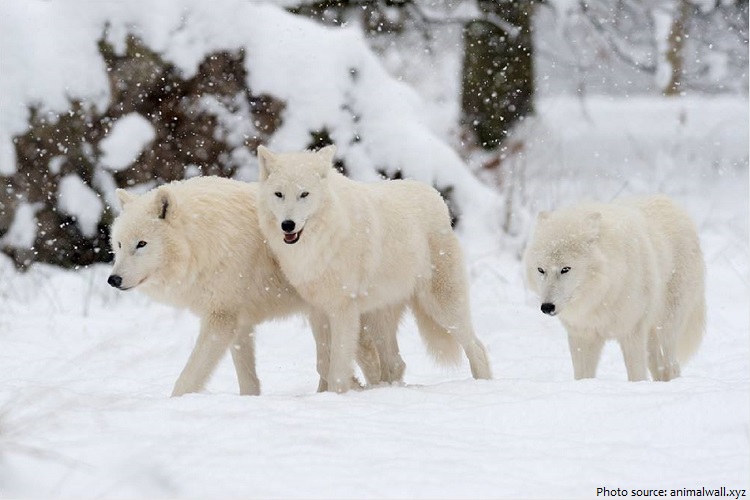
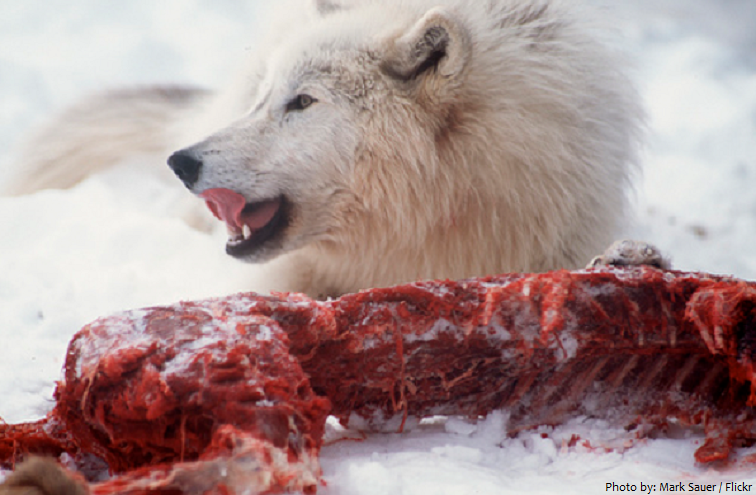
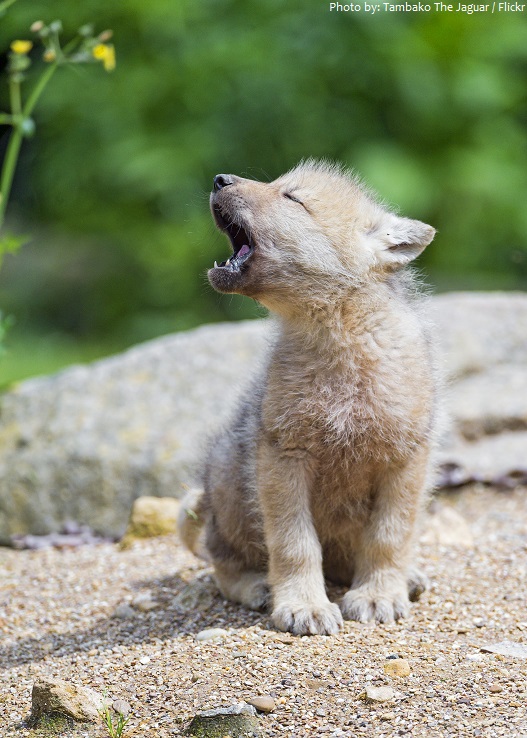
Comments are closed.